When it comes to roleplay in DnD 5E, the experience of storytelling can be its own reward. But if you want your players to have extra incentive to play as their characters, you can use inspiration.
Getting and using inspiration is touted as a simple thing, but it’s actually one of the most complex systems in all of 5E. Getting used to it is hard, both as a player and a DM. This guide will go over everything you need to know about it, as well as some tips to make it a positive part of your game.
How to get and use inspiration in 5E
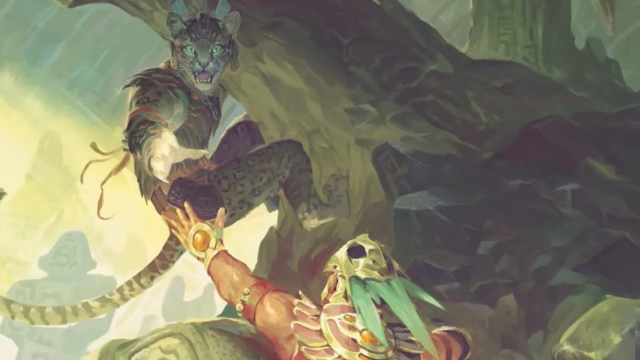
Inspiration is an optional rule that DMs and players can agree to. Inspiration is a reward for playing to character qualities, potentially complicating situations due to the character’s flaws, or creating great moments in a campaign. Inspiration’s reward is simple, allowing the player with inspiration to get advantage on an attack roll, saving roll, or ability check. You can also give it to another player.
While there is a slot on some 5E character sheets to put if you have inspiration, it’s actually not a core rule. Your party and your DM can talk about whether or not you want it in your game at all.
However, we recommend doing so. Inspiration is a great way to incentivize players to get into character. It’s very easy for a player to look at a campaign from an overhead perspective and not get distracted by a character’s emotions or backstory. By placing inspiration into the game, players have some additional incentive to roleplay without forcing them to do so.
Inspiration is designed around cool character moments. For instance, a Paladin whose bond is the Rogue whom they married before the campaign might get inspiration for diving in front of their wife to take an arrow. Or, a Barbarian whose flaw is a fear of heights might get inspiration for overcoming that fear, but only with the aid of their wonderful party members and maybe a saving throw to swallow their fear. DMs have the final verdict on whether or not a moment gives inspiration and who gets it.
Once you have inspiration, you can’t get it again. Inspiration in 5E does not work like BG3, where you can store up to four at a time. You either have it or you don’t. So, it’s not a bad idea to spend it early, especially if the advantage can save your life.
Unfortunately, the only benefit that inspiration gives is advantage. If you have advantage from another source, like attacking a blinded enemy, inspiration does nothing. That being said, having advantage in your pocket can be handy. It’s generic advantage, so it can turn on things like Sneak Attack in a dicey situation, or can be used to roll an important out-of-combat skill check with advantage.
You must choose to spend inspiration before you roll the d20. You cannot choose to add inspiration afterward, unless your DM says so.
How often should I give out inspiration? Explained
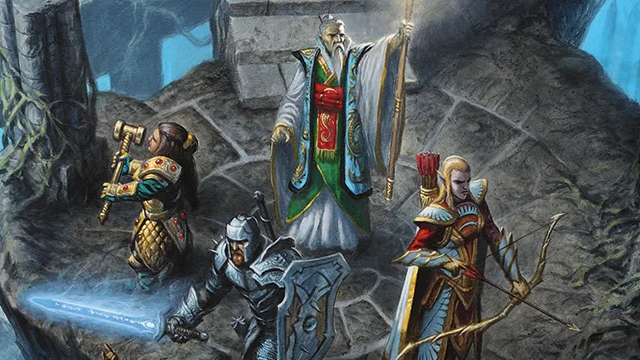
As a DM, it can be a bit difficult to know when you’re supposed to give inspiration to others. And there is no set-in code as to how commonly you should give inspiration to your party members, unfortunately. However, with an active party, you should expect to give inspiration at least once or twice per session per character.
DnD 5E can be a highly lethal game, with a Fireball easily being able to knock out a level five Wizard. Inspiration can make cool roleplaying moments feel significantly better while also offering a solution to the high damage that magic and swords alike can put out.
Inspiration does not need to be this incredible, session-warping thing. It can be a reward that you give to players often and a tool that they can rely on. But, it works best when it comes from genuine moments of roleplay that showcase storytelling and a love of the player’s characters. Interactions with one another and the world around them should be places where players explore their characters’ backstories, flaws, bonds, and loves. And inspiration should be there to reward them for taking the time to explore.
But, once inspiration becomes a resource that your players attempt to farm rather than earn, that’s when it loses its meaning in a game. It’s fairly easy to see when players are trying too hard to play into character flaws or bonds to get inspiration or take unnecessary risks. Once getting inspiration gets in the way of the pace of the storyline or the enjoyment of other players around the table, it might be time to tone things back or remove the rule altogether.
Examples of when to reward inspiration
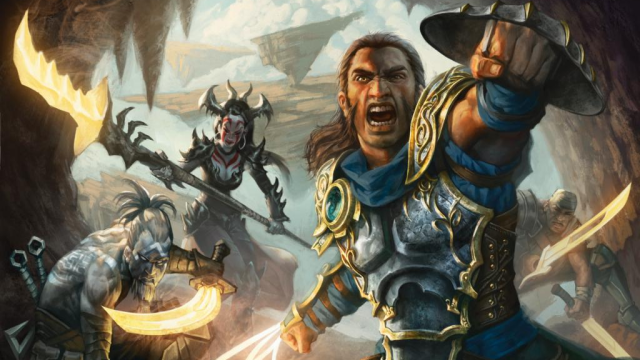
For DMs looking for guidance on when to reward inspiration, there are a few examples from the Dungeon Master’s Guide to give some more solid answers. Mainly:
- When players act to their characters. We’ve talked about this.
- When players take risks. If a Druid Wild Shapes and dives into a group of guards to save a child, they can be rewarded with inspiration for doing so. That advantage might come in handy.
- As a reward for a hard-fought victory. If players make it past a milestone, it might be a good idea to grant them inspiration. This makes it feel a bit less roleplay-oriented, which works with a new table of players or during specific campaigns that focus less on player interaction.
- When a player emulates the genre of the campaign. This is a hard-to-use one since it relies on genre. In The Curse of Strahd, it’s easy for a character to notice an obvious trap and be wary of it. But if a player acts more like a curious investigator and looks for it anyway, they might have earned a reward for keeping the vibe of the table where they want it. Or, in Happy Jack’s Funhouse, if a player breaks down and cries at the sight of a clown, their character might earn inspiration for having an easily exploitable flaw in the horror genre.
Should you tell players that an action will give inspiration? Explained
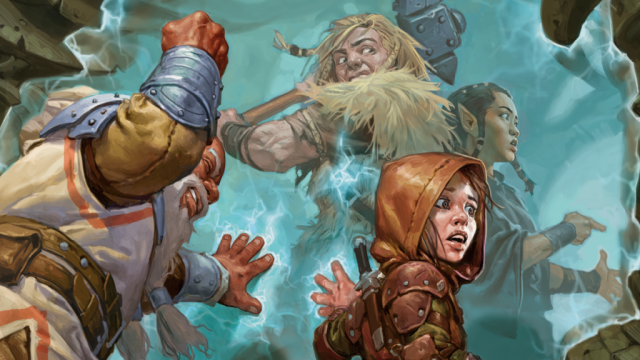
Telling a player whether or not they’ll get inspiration for an action is for action-based campaigns or for moving a story along. In story-based settings, telling someone which action will give them the best reward can lead to non-genuine actions and a story that you’re leading more than your players. However, if a player is conflicted about “what would my character do?” and you want to push them to explore that more, you can absolutely tell them which choice will grant the reward.
If a player is at a crossroads, telling them which choice has inspiration behind it can seem good. But, if you’re not careful, this can immediately seem like you’re trying to get your way in a story. DnD 5E is a group-based game where every player has some onus to tell the story.
That is not to say that you can’t tell players at all. Actually, telling a player can be a great way to help a new player with a roleplay decision, if you feel you know their character’s personality enough to make that choice. For example, if a new Monk is having trouble deciding if their character should chase down a criminal or not, you can point to their background of Criminal and say, “Oh, maybe you can let that guy get away.” This is still unnaturally guiding their character but might be the jumping-off point that a new player needs to get into their in-game personality.
It can also be a good idea if a player is worried that something cool and unique might be disrupted by a bad roll. For example, if a Warlock wants to talk down a government big-wig but is worried that doing so will throw them in jail, you can offer them inspiration if they do it. That way, they get to roll twice and get the better result and can focus more on their message, rather than if their die is about to screw them over.
Alternative inspiration rules

As a variant rule, inspiration can often seem half-baked. If you want some other rules to make inspiration more structured, consider the following:
- Party-wide Inspiration. This is how BG3 does it. Instead of each player having inspiration, the party gets to pool it together and use it individually. So, the Fighter’s moment with the Bard can still benefit the Ranger, who wasn’t in the situation at all. This makes inspiration less of a personal resource and more of something that’s useful for every party member. This is a great idea if you have new players or players who don’t love to roleplay since they can still benefit from players that do like to.
- Start-of-Session Inspiration. If you want, you can grant inspiration at the start of your session. This way, players always have access to the ability to roll with advantage, something that might come in handy if they roll terribly on something important. This does mitigate the benefits of roleplay early in a session but ensures that shyer players can access this if they need to, and makes it more likely that players use a reroll that they need for an important situation.
- Inspiration rerolls instead of providing advantage. Inspiration is great, but many things can give advantage and sometimes you roll two ones on your d20s. That can make inspiration feel less impactful. However, if you let it just straight-up reroll a failed roll, like how Silvery Barbs forces rerolls, then inspiration feels more unique and more powerful.
- Players reward inspiration. Sometimes, DMs don’t want to be the one to be the arbiter of inspiration. In this case, each player gets one floating inspiration that they give to another player that they believe earned it. This gives your players a lot of power and should only really be done if you trust your players to use it wisely. Otherwise, it’s very easy to abuse.


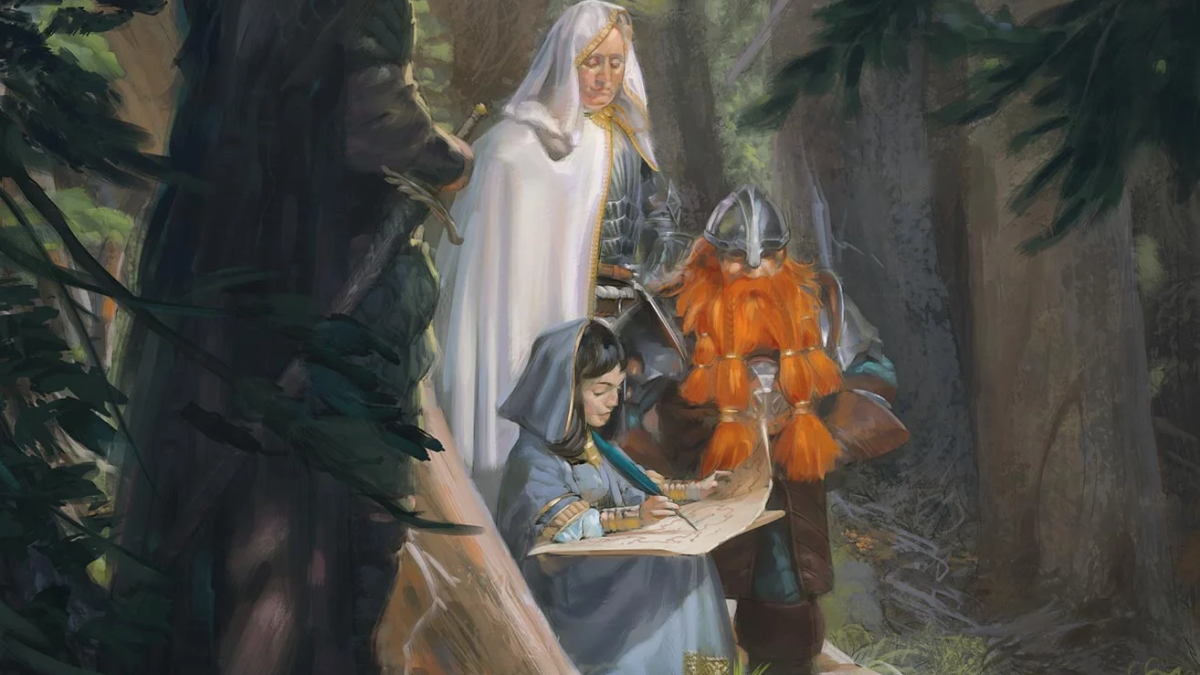
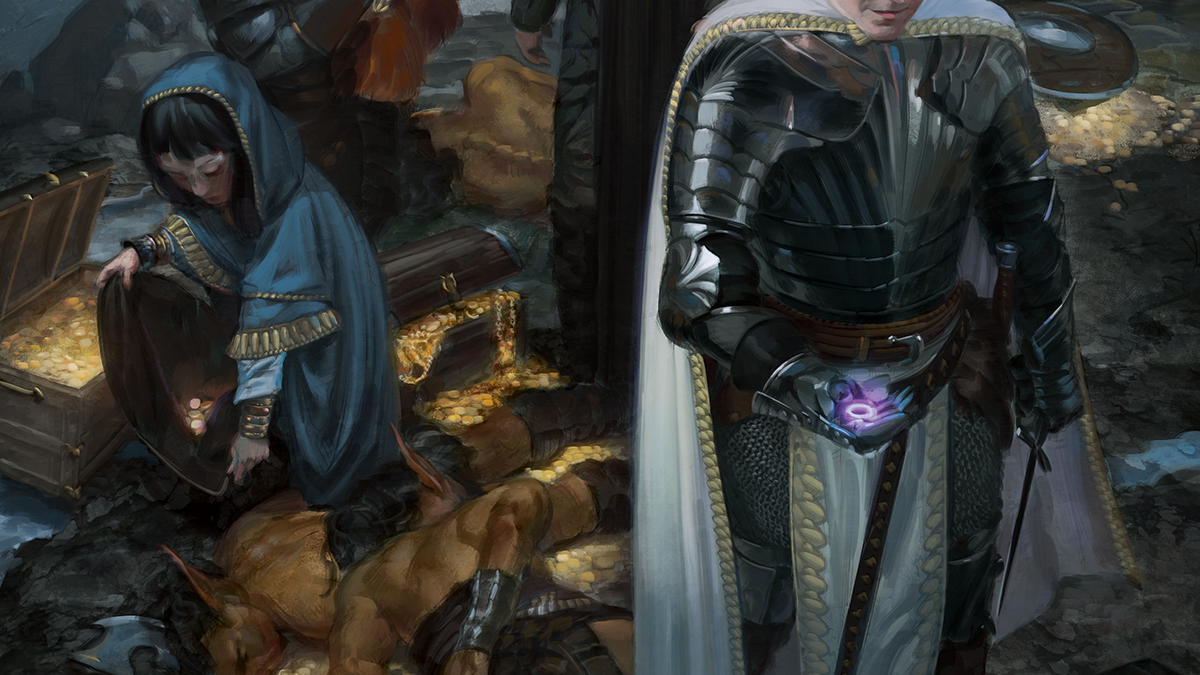
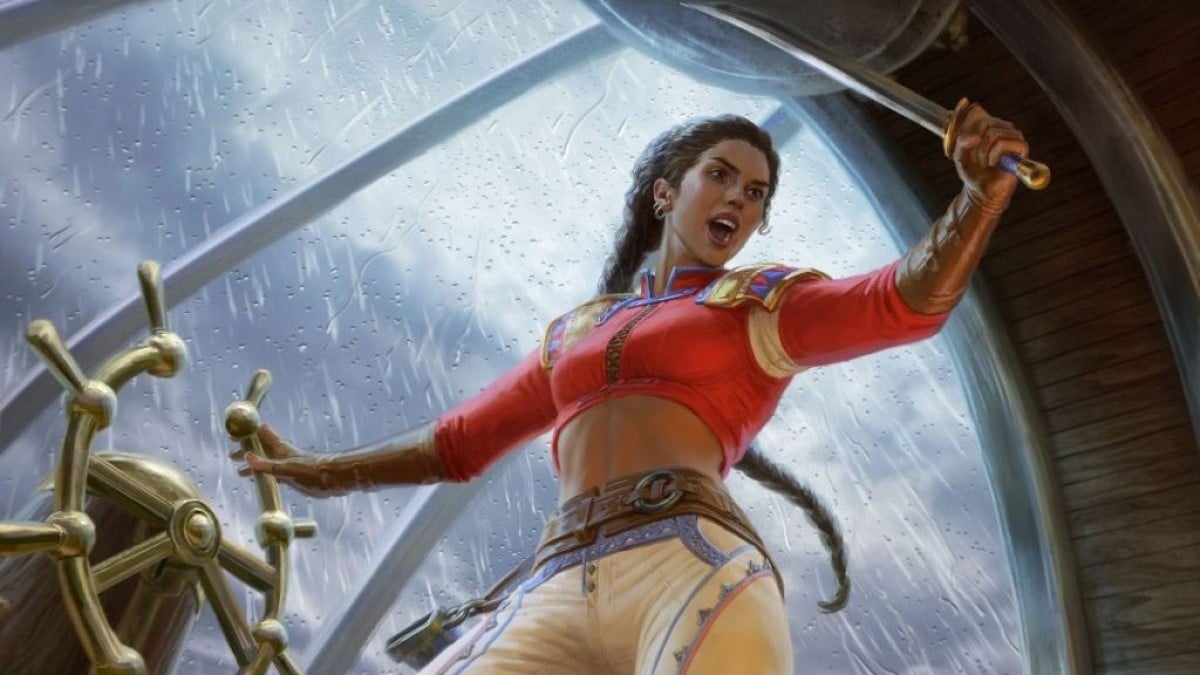
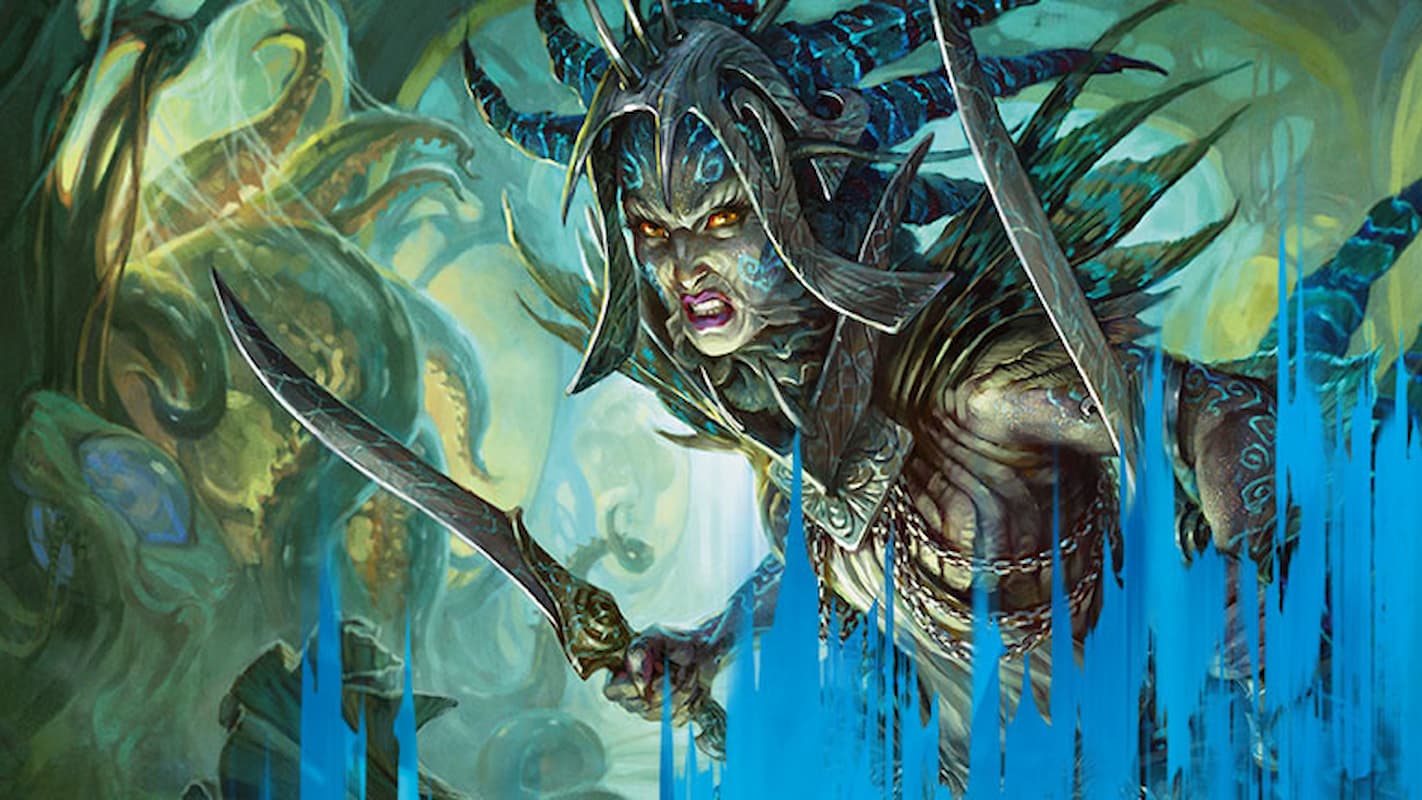
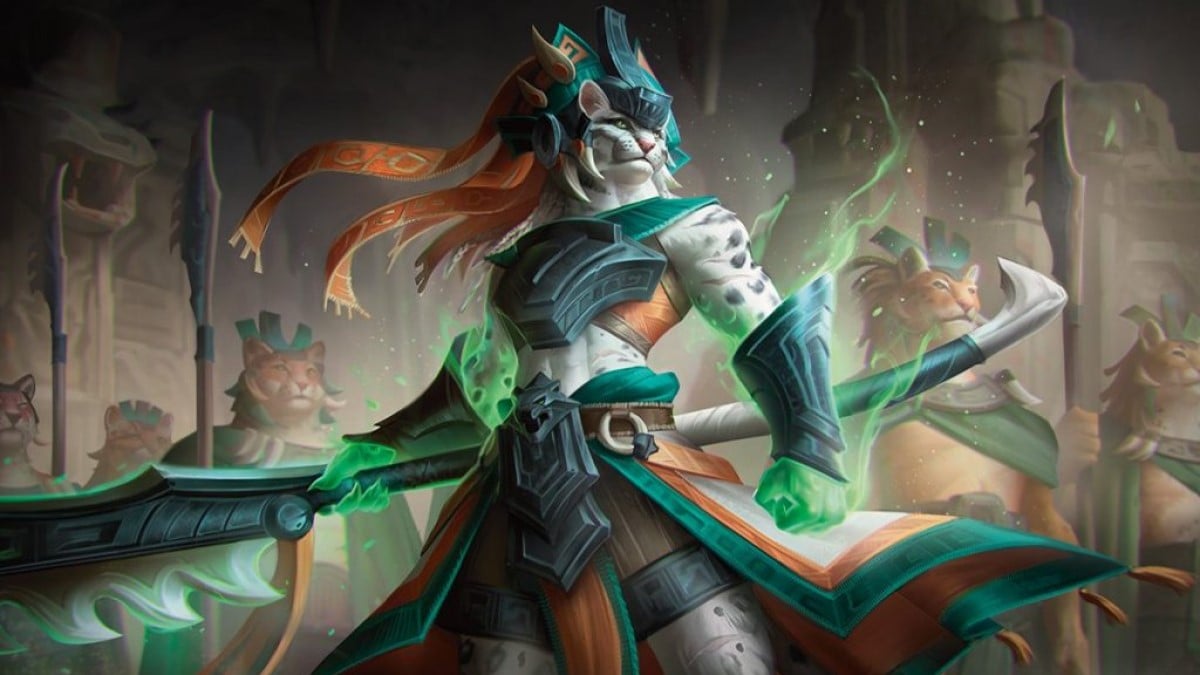
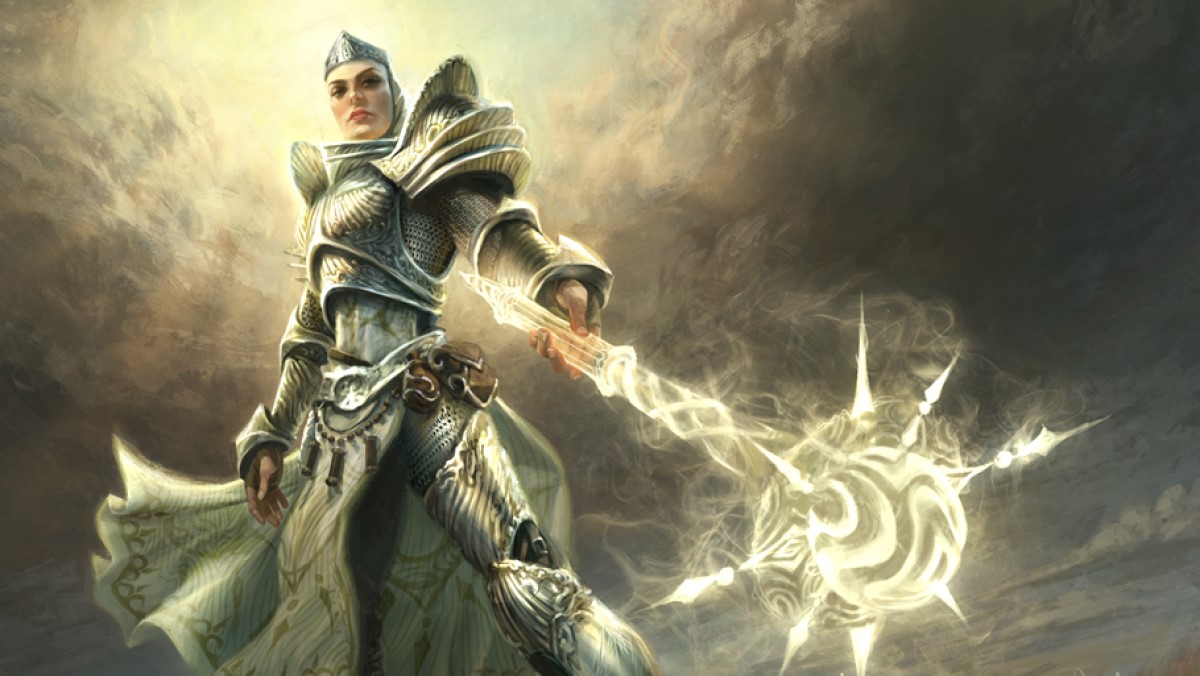


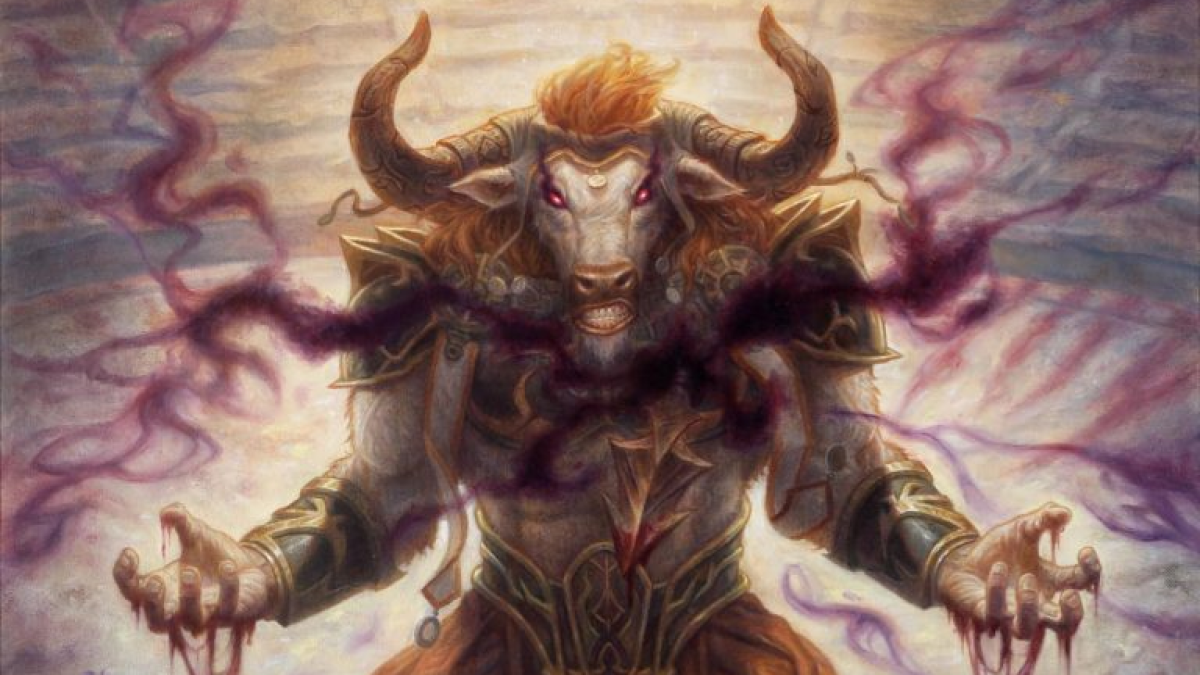
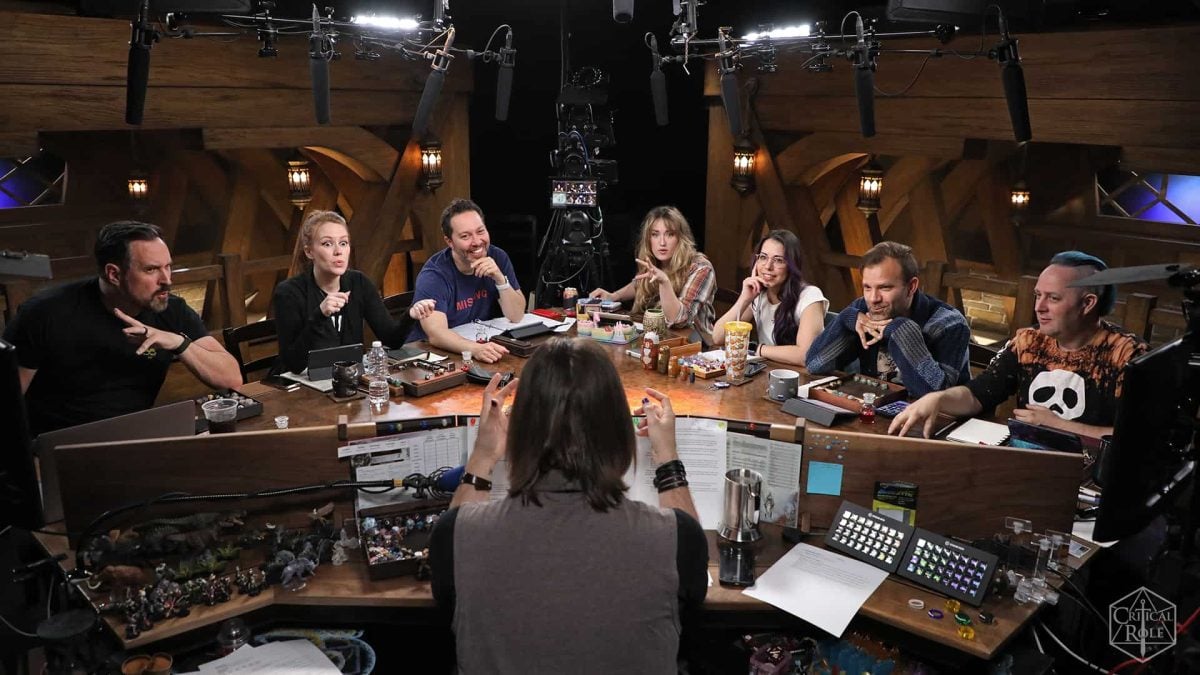
Published: Nov 3, 2023 04:28 am